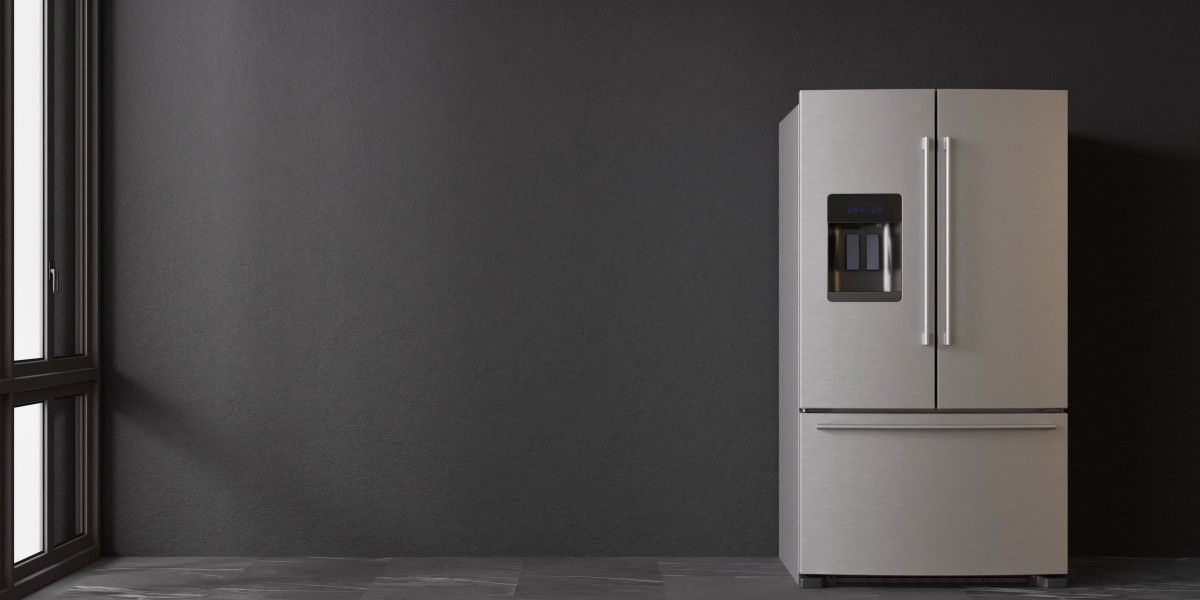Wood stoves, unlike traditional open fireplaces, are designed to burn wood. This allows them meet tighter emissions regulations.
Wood burning stoves create glowing yellow flames that dance and warm crackling sounds. They also give you a primal feeling of warmth. However, the smoke it creates is contaminated with carbon monoxide as well as toxic air pollutants, such as benzene, formaldehyde and polycyclic aromatic hydrocarbons.
Efficient
Fireplaces and stoves that burn wood provide a beautiful and natural heat to your home, they are also extremely efficient. A top-quality wood burner could have an Ecodesign rating up to 77 percent. With the increasing cost of energy, it is crucial to ensure you are getting the maximum benefits from your log burner The good thing is that this is much easier than ever before!
The amount of moisture in firewood is an important factor that determines how efficient a wood-burning stove is. This is the reason we suggest only using seasoned wood, that has been dried for at least one year, but more often two years. The more dry the wood, the better it burns. This results in less smoke and less harmful emissions.
A wood burning stove also offers the advantage of being a low-carbon fuel source, which is great for the environment. When you purchase locally-sourced wood, you also help to contribute to the active management and conservation of woodlands. This is great for wildlife.
The only thing that a wood burning stove requires in terms maintenance is to regularly take away and dispose of the ash. It can be a bit of a hassle, but it is worth it to get the best heat out of every log. In addition, if you wait 2-3 days for the ashes to fully cool and then reuse them as an eco-friendly and non-toxic ice melt. They can also be used to polish jewellery and absorb odors.
A fireplace made of wood is a truly timeless classic. While they're not as popular than gas fireplaces, their appeal and charm of a roaring fire cannot be denied. They are ideal to snuggle to on cold winter evenings, and they create a warm and welcoming area in your home. Making the investment in a top-quality wood burner will pay for itself for a long time. Contact us today to learn more about how our skilled chimney sweeps can help you get the best out of your stove.
Low Carbon
Burners that are efficient and clean are among the best ways to save money on logs while keeping your home warm. They also help local woodland management. This is an excellent option to help wildlife in your area.
Wood-burning Fireplaces And Stove and stoves create very little pollution if they are maintained properly and used with dry, seasoned firewood. However, if they're not maintained properly or are used with poor quality wood the smoke generated by them contains fine particles (known as particulate pollution) which can cause irritation to the lungs and other organs. It also contains carbon monoxide and toxic air pollutants like formaldehyde, benzene, and polycyclic aromatic hydrocarbons. Inhaling air pollution can cause lung irritation and trigger asthma attacks wheezing, coughing, and lung irritation. It may also cause cancer, heart disease or premature death.
Many are concerned that wood-burning stoves can contribute to climate changes However, this isn't true. Burning wood is a carbon-neutral energy source. Throughout the lifetime of a tree it absorbs carbon dioxide, and when burned the absorbed carbon is released back into the atmosphere.
 Since the wood is sourced locally, this reduces the amount of pollution emitted when it is transported. It is crucial to choose hardwoods that are well-seasoned and of high quality. They burn longer and more evenly than softwoods.
Since the wood is sourced locally, this reduces the amount of pollution emitted when it is transported. It is crucial to choose hardwoods that are well-seasoned and of high quality. They burn longer and more evenly than softwoods.Modern wood stoves, such as the ones made by Charlton & Jenrick, emit significantly less pollutant than older stoves. They have been tested and certified to meet the 2020 EPA standards which are much more strict than previous emissions limits.
To avoid the buildup of exhaust within your home, all wood-burning stoves must be vented completely to the outside. By keeping the flames away from the logs and ensuring that you use dry, seasoned and dry wood, all our current clean burn and DEFRA exempt stoves can produce very clear exhaust and have particulate levels 60% or more below the DEFRA limit.
A wood-burning stove with a hybrid unit or catalytic converter is the best low carbon heating option. These units re-ignite the particulates and gases from the initial combustion in a subsequent stage by mixing them with superheated air. The remaining gasses and particulates are transferred to a catalytic unit for a final third combustion. This further reduces emissions to levels far below the government standards.
Clean Burn
Cleanburn wood stoves burn fuel with the highest possible efficiency. This results in the release of a small amount of particles into the air when burning wood. The air management system of the stove regulates the intake and ventilation of gases to ensure that the combustion process occurs in a sealed and controlled environment. It also regulates the height of the flame to reduce emissions and maximize heat output.
This means that your chimney and surrounding area will be a lot cleaner than older stoves. Particulate matter, also known as particle pollution, resulting from incompletely burned wood can trigger respiratory issues, such as coughing and wheezing. It can also can contribute to heart disease, stroke, diabetes, and other serious illnesses. The smoke from wood combustion is an element that contributes to poor urban air quality.
Smoke from poorly combusted timber has fine particulate pollution and dangerous air pollutants like carbon monoxide and other hazardous air pollutants, such as nitrogen oxides, volatile organic compounds (VOCs), benzene and formaldehyde. These particles can be absorbed into the lungs, and other organs, causing discomfort and injury, and even death. Airborne dust can also contaminate the surfaces of your home and create the impression of a rough surface to rooms.
It is important to select good quality, seasoned and dried firewood when using your wood burner fireplace. The most effective woods for heating are hardwoods, such as beech, ash, and oak. Hardwoods are dense and BTU content. They also provide more heat than softwoods.
 It is also important to determine if your local authority has any regulations regarding wood burning. These may include nuisance/odor rules and visible emissions, or the opacity limit for smoke.
It is also important to determine if your local authority has any regulations regarding wood burning. These may include nuisance/odor rules and visible emissions, or the opacity limit for smoke.If you have a wood stove with a glass door it is essential to keep the glass clear of deposits and grime. You can use a dry towel or oven cleaner spray for this. Alternately, you can add bicarbonate of soda mixed with a little water to the glass.
Regular maintenance of your chimney and stove is also essential. This includes regular chimney cleanings to remove creosote and ensure proper functioning of your flue. It is also important to mark the dates of periodic inspections on your calendar. This will help you avoid costly repairs and prolong the life of your wood burner.
Low Maintenance
Many people opt to install wood burning fireplaces due to the natural warmth they create. This kind of fireplace needs some maintenance and upkeep. If not maintained and cleaned regularly the chimney, flue and stove could all have the potential to cause fires within your home. Fireplaces can also provide heat in the event of an electrical outage, especially during winter storms where branches of trees may fall and power lines could be ripped down.
When you use a wood stove to heat your home, you will reduce your carbon footprint compared to other fossil sources of energy like gas. Modern wood stoves and inserts have been designed to meet EPA (Environmental Protection Agency) standards, which means they produce very low emissions. The more well-seasoned wood that you use the more efficient the stove will be. You'll need less wood to get the same heat.
These fireplaces require some maintenance and attention, such as ensuring they are positioned away from the ignition source and that a screen is in place. Air flow will be improved by keeping the grate clear of ash and other debris. This will help keep the fire burning longer and your home in good order. It is recommended that your chimney and stove swept at least twice per year to prevent creosote build-up which could create a fire hazard and obstructions that could hinder ventilation.
It can take a while for homeowners who are new to the area to learn to ignite, light and maintain a constant fire in the fireplace. However, once you have mastered the art of building and maintaining an open flame in your wood burner, it can be a source of constant pleasure that will provide warmth and warmth to your home every year.
Wood burning fireplaces are around in some form or another for over 500 years. They've gained a lot of attention due to their effectiveness, sustainability, and the natural warmth of real wood. If you're thinking of buying a new heater, talk with your local Regency certified dealer to find out more about the benefits of an insert or stove made of wood for your home.








